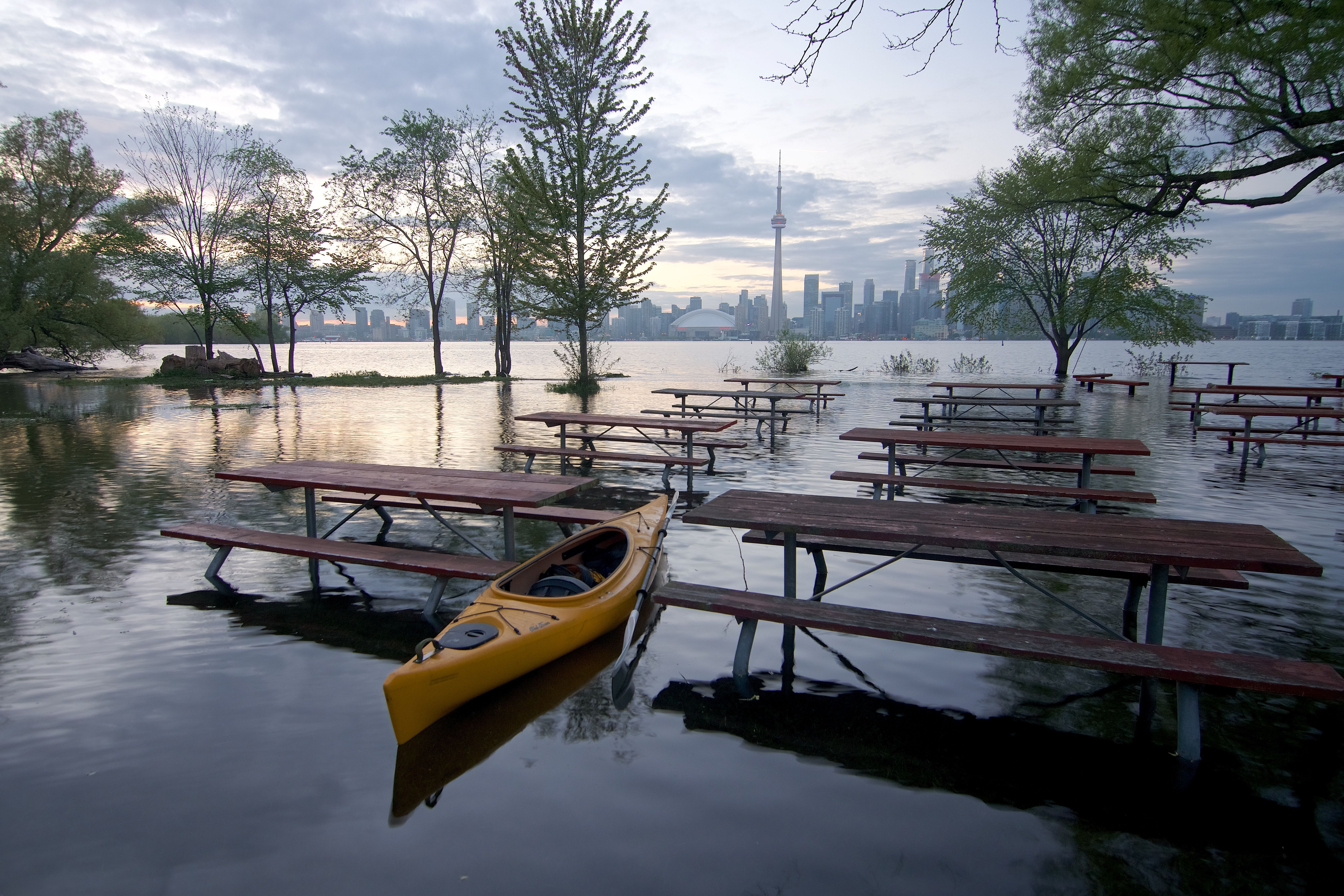A report released last week by the International Lake Ontario-St. Lawrence River Board (the Board) has provided a detailed account of the historic 2017 flood and the Board’s actions under Plan 2014 to regulate Lake Ontario outflows in the face of high inflows and record-breaking precipitation.
The report, titled Observed Conditions & Regulated Outflows in 2017, found that extreme weather and water supply conditions were the primary factors that caused Lake Ontario and St. Lawrence River water levels to rise to record breaking levels last year. It also found that Plan 2014 did not cause or exacerbate the devastating floods and associated damages that occurred in 2017. Under extremely wet weather, the rules of Plan 2014 essentially reflect how the Board operated under the former regulation plan.
“We had a flooded Lake Ontario flowing into a flooded St. Lawrence River. That’s what it boils down to, and that went on for weeks,” said Rob Caldwell, secretary of the board, told the Toronto Star.
During 2017 Lake Ontario outflows were largely dictated by extreme conditions, including upstream and downstream flooding, highly variable ice formation, and hazardous high flows in the navigation channel. Throughout the spring, the Board was releasing water from a flooding Lake Ontario into a flooded St. Lawrence River. The Board would have faced these conditions under the old regulation plan and outflows would have been very similar.
“The extreme weather and water supply conditions were the primary factors in causing Lake Ontario water levels to rise a record breaking 1.38 meters (m) (4.53 feet (ft)) from the beginning of January to the end of May,” states the report. “Conversely, this was followed by a record decline of 1.11 m (3.64 ft) from the start of June through December, in part due to record outflows and deviations by the Board during the summer and continuing high outflows prescribed by the Plan itself thereafter.”
The Board recognized that for many residents and businesses on the shores of Lake Ontario and the St. Lawrence River, the flooding, erosion, and other coastal impacts that occurred in 2017 were devastating. By providing this comprehensive review, the Board hopes to add clarity and transparency to how its outflow regulation under Plan 2014 took the needs of all interests into account and reduced the upstream and downstream impacts to the extent possible.
While regulating Lake Ontario outflows can help reduce flood damages, it cannot prevent major floods from occurring under extreme water supply conditions.
The report also noted that, as a consequence of the “unavoidable” tradeoffs between important objectives, the Great Lakes-St.Lawrence River Adaptive Management (GLAM) Committee, which is responsible for an on-going evaluation of the regulation of outflows from Lake Ontario and Lake Superior as a body of the three Great Lakes Boards, will be assessing the decisions made under Plan 2014 to determine the ongoing success of the plan in meeting its objectives.
Top: Lake Ontario floods Toronto Island, 2017. Image Credit: Daniel Williams.









